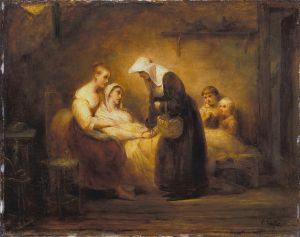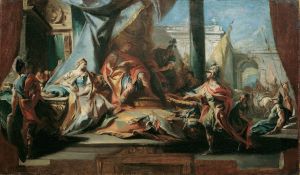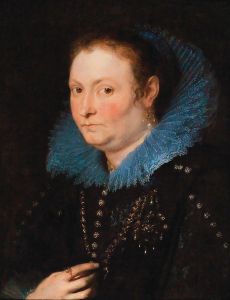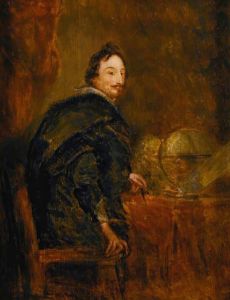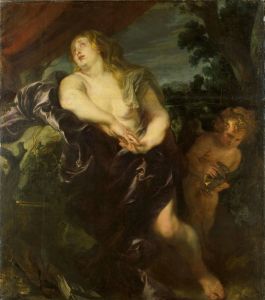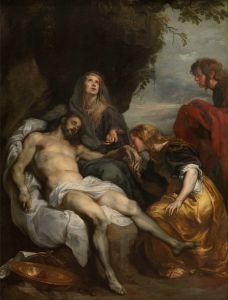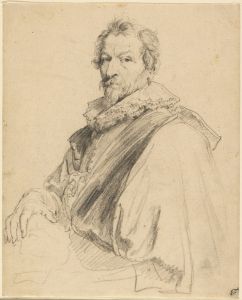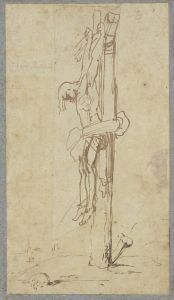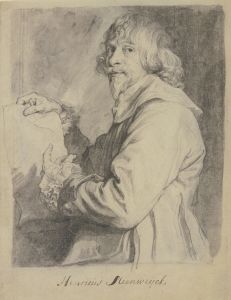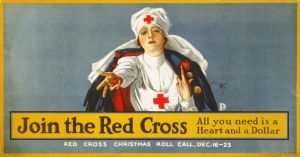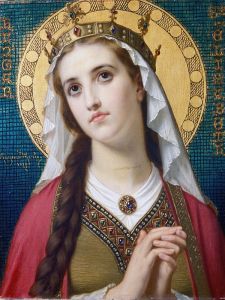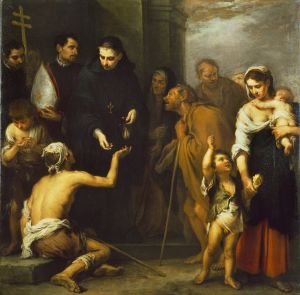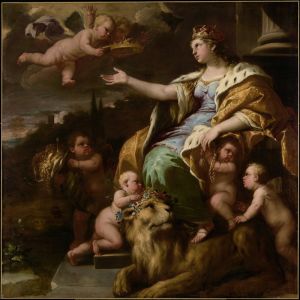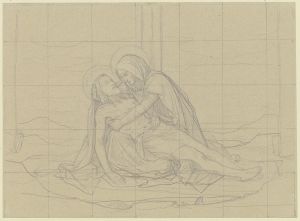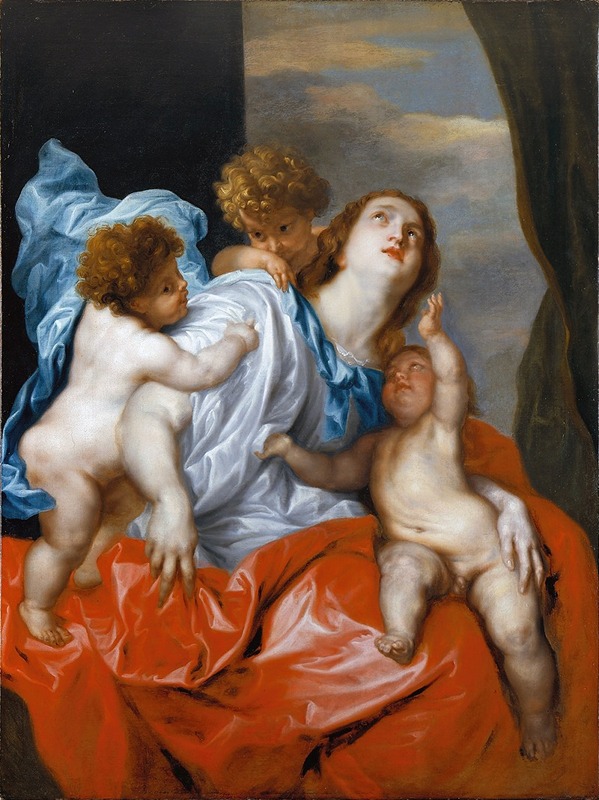
Charity
A hand-painted replica of Anthony van Dyck’s masterpiece Charity, meticulously crafted by professional artists to capture the true essence of the original. Each piece is created with museum-quality canvas and rare mineral pigments, carefully painted by experienced artists with delicate brushstrokes and rich, layered colors to perfectly recreate the texture of the original artwork. Unlike machine-printed reproductions, this hand-painted version brings the painting to life, infused with the artist’s emotions and skill in every stroke. Whether for personal collection or home decoration, it instantly elevates the artistic atmosphere of any space.
"Charity" is a painting by the renowned Flemish Baroque artist Anthony van Dyck, who was a prominent figure in the 17th-century art scene. Van Dyck was born in Antwerp in 1599 and became one of the most influential portraitists of his time, known for his elegant style and ability to capture the character and status of his subjects. He was a leading court painter in England and worked extensively across Europe.
The painting "Charity" is part of a series of works that van Dyck created exploring the theme of the theological virtues, which include Faith, Hope, and Charity. These virtues were commonly depicted in art during the Renaissance and Baroque periods, often personified as women. Charity, in particular, is traditionally represented as a nurturing figure, often surrounded by children, symbolizing love and benevolence.
In van Dyck's depiction of Charity, the composition typically features a central female figure embodying the virtue. She is often portrayed with a serene and compassionate expression, emphasizing her role as a caregiver and protector. The presence of children in the painting underscores the theme of maternal love and selflessness, key aspects of the virtue of Charity.
Van Dyck's style is characterized by its fluid brushwork, rich color palette, and attention to detail, all of which are evident in "Charity." His ability to convey texture and depth through his use of light and shadow adds a sense of realism and vitality to the figures. The painting reflects van Dyck's mastery of composition and his skill in creating harmonious and balanced arrangements.
The exact date of creation for "Charity" is not definitively known, but it is generally attributed to van Dyck's mature period, when he was producing some of his most celebrated works. During this time, van Dyck was heavily influenced by the works of his contemporaries and predecessors, including Peter Paul Rubens, under whom he studied, and the Italian masters he encountered during his travels.
"Charity" exemplifies van Dyck's ability to infuse traditional religious and allegorical subjects with a sense of grace and humanity. His interpretation of Charity goes beyond mere symbolism, offering a nuanced portrayal that resonates with viewers on an emotional level. The painting is a testament to van Dyck's enduring legacy as a master of Baroque art, whose works continue to be admired for their beauty and technical brilliance.
Today, "Charity" is held in various collections, and its influence can be seen in the works of later artists who drew inspiration from van Dyck's approach to portraiture and allegory. The painting remains a significant example of how art can convey complex moral and philosophical ideas through visual storytelling.





